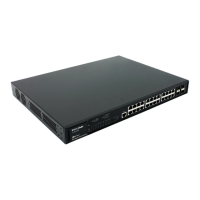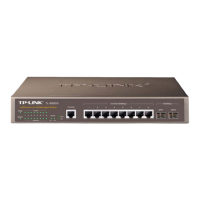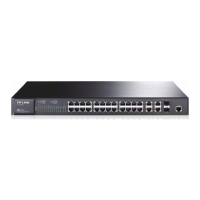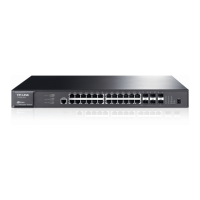IPv6 devices must not
forward packets that have link-local source or destination addresses
to other links.
Note:
You can configure multiple IPv6 addresses per interface, but only one link-local address.
IPv6 Neighbor Discovery
The IPv6 neighbor discovery process uses ICMP messages and solicited-node multicast
addresses to determine the link-layer address of a neighbor on the same network (local link),
verify the reachability of a neighbor, and track neighboring devices.
1. IPv6 Neighbor Solicitation Message
A value of 135 in the Type field of the ICMP packet header identifies a neighbor solicitation
(NS) message. Neighbor solicitation messages are sent on the local link when a node wants
to determine the link-layer address of another node on the same local link. After receiving the
neighbor solicitation message, the destination node replies by sending a neighbor
advertisement (NA) message, which has a value of 136 in the Type field of the ICMP packet
header, on the local link. After the source node receives the neighbor advertisement, the
source node and destination node can communicate.
Neighbor advertisement messages are also sent when there is a change in the link-layer
address of a node on a local link.
Neighbor solicitation messages are also used to verify the reachability of a neighbor after the
link-layer address of a neighbor is identified.
Neighbor solicitation messages are also used in the stateless autoconfiguration process to
verify the uniqueness of unicast IPv6 addresses before the addresses are assigned to an
interface. Duplicate address detection is performed first on a new, link-local IPv6 address
before the address is assigned to an interface (the new address remains in a tentative state
while duplicate address detection is performed). Specifically, a node sends a neighbor
solicitation message with an unspecified source address and a tentative link-local address in
the body of the message. If another node is already using that address, the node returns a
neighbor advertisement message that contains the tentative link-local address. If another
node is simultaneously verifying the uniqueness of the same address, that node also returns a
neighbor solicitation message. If no neighbor advertisement messages are received in
response to the neighbor solicitation message and no neighbor solicitation messages are
received from other nodes that are attempting to verify the same tentative address, the node
that sent the original neighbor solicitation message considers the tentative link-local address
to be unique and assigns the address to the interface.
Every IPv6 unicast address (global or link-local) must be verified for uniqueness on the link;
however, until the uniqueness of the link-local address is verified, duplicate address detection
is not performed on any other IPv6 addresses associated with the link-local address.
2. IPv6 Router Advertisement Message
23
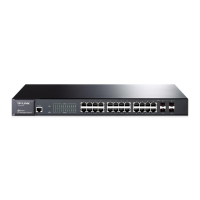
